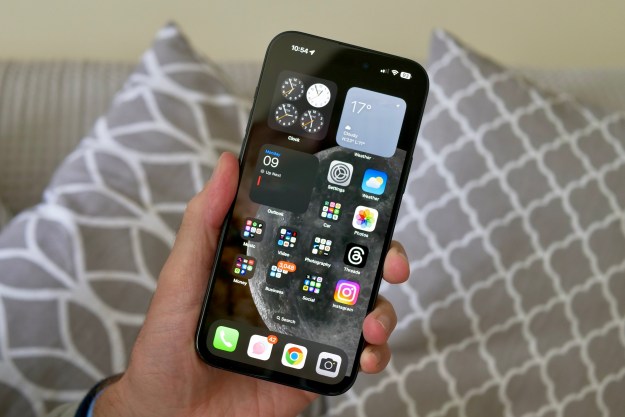Recent market data suggests that about three out of ten (31 percent ) of all U.S. mobile phone users now have a smartphone, but a new survey from Nielsen shows adoption rates are even higher amongst some minority groups. According to Nielsen, smartphone adoption amongst Hispanic and Asian/Pacific Islanders reached levels of 45 percent during the fourth quarter of 2010, which 33 percent of African Americans owning a smartphone during the same quarter. In comparison, only 27 percent of white Americans had a smartphone during the fourth quarter of 2010.

The figures for new handsets acquired during the last six months show a similar trend. Some 60 percent of Asians/Pacific Islanders who got a phone in the last six months got a smartphone, compared with 56 percent of Hispanics, 44 percent of African Americans, and 42 percent whites.
Nielsen didn’t offer much in the way of explanation for the figures, save to now that the Asian/Pacific Islander, Hispanic, and African-American populations in the U.S. “tend to skew younger.” Younger Americans have been the backbone of the mobile phone market for years.
Overall, Nielsen’s survey finds the three major smartphone platforms—Apple’s iOS, RIM’s BlackBerry, and Google’s Android—in a virtual dead heat for market share, with iOS having 28 percent of the market and RIM and Android each having 27 percent—although Android’s share has been climbing very quickly. (The figures echo recent findings from Canalys that found Android has claimed the top spot in phone shipmnents.) However, Nielsen did find that Apple’s iOS is leading amongst smartphone owners who are Asian/Pacific Islanders, with 36 percent reporting they have iPhones. Conversely, BlackBerries were favored by African-American smartphone owners, with 31 percent saying they owned a BlackBerry device.

Nielsen’s survey covered some 56,719 people, with 13,258 responding to questions about phone purchases in the last six months.
Editors' Recommendations
- An Apple insider just revealed how iOS 18’s AI features will work
- Here’s how Apple could change your iPhone forever
- 10 iPhone productivity apps you need to download right now
- This one thing could make iOS 18 the best iPhone update in years
- How to add a different home screen wallpaper on iOS 17


